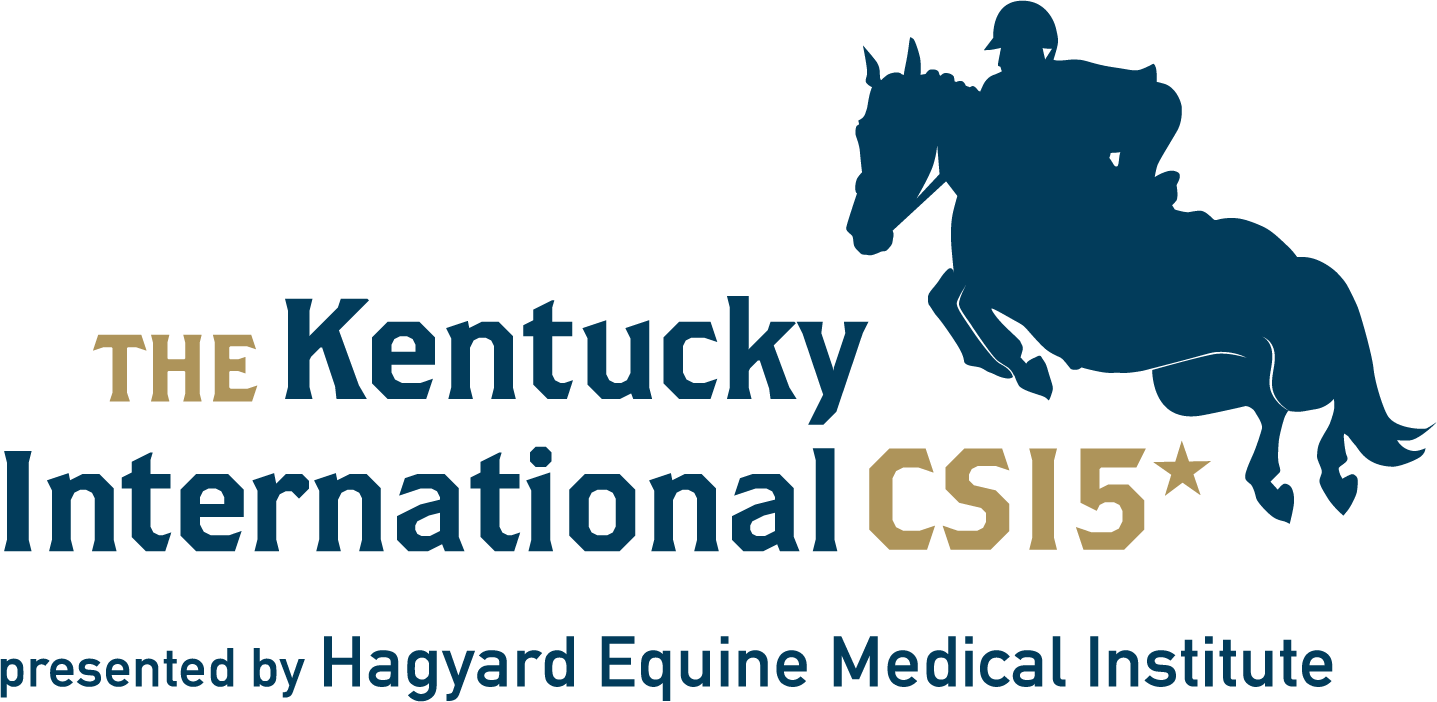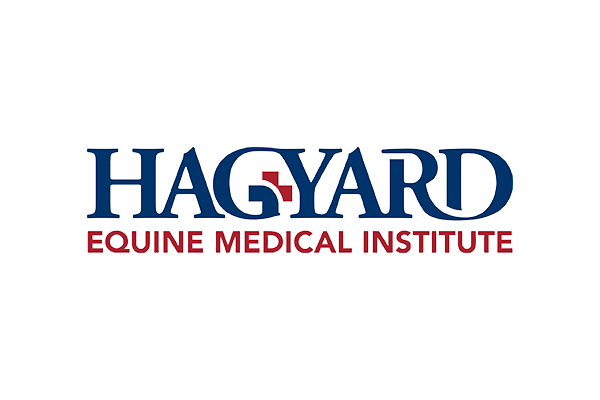OUR COMPETITIONS
All About
Equestrian Eventing
The Olympic sport of eventing is best described as an equestrian triathlon. The sport originated as a cavalry test comprising three phases: dressage, cross country and show jumping. The first phase – dressage – shows the graceful partnership of horse and rider through a sequence of movements on the flat. The next phase – cross-country – challenges bravery, fitness, and determination as combinations navigate a series of solid obstacles, technical questions, and varied terrain. In the final phase – the jumping test – pairs must again prove their precision as they clear a course of fences. Competitors accumulate penalty points in each phase. At the end of the event, the pair with the lowest score wins. Eventing tests horse and rider pairs more completely than any other discipline.
Dressage
evaluates the obedience & suppleness of the horse
Dressage, the harmonious development of the physique and ability of the horse — is one of the oldest training methods with respect to horses. The Dressage Test requires that each competitor perform a set pattern of movements to test this horsemanship, each movement being independently marked by a panel of judges known as the Ground Jury. In addition, the competitor is given a score for what is known as the Collective Marks, judgments based on the paces, impulsion, and submission of the horse, and the position and seat of the rider, as well as their correct use of the aids. The Dressage Test is held on the first day of the Event, and although often the tests run for a period of two days because of the number of horses, each horse-and-rider combination performs only one test.
The judging of the Dressage Test is the only subjective evaluation that is a part of the Three-Day Event. Rather than judging one horse against another, the judges are evaluating the horse’s movements in relation to the ideal. Each of the movements of the test and the four sets of collective marks is awarded from 0 to 10 by each of the three judges. Each judge evaluates each of the movements of the test on a scale from 0 to 10. The marks are added together for each judge, deducting any error of course or test, and then expressed as the percentage of maximum possible good marks obtainable is then calculated to two decimal places. Final scores are calculated by averaging the three judges' marks, always rounding the result to two decimal digits. Later this final score will be averaged with the Cross-Country and Jumping Test marks for the overall scores.
Cross-Country
competitors gallop over four miles of challenging terrain
The day following Dressage is the highlight of Eventing, the Cross-Country Obstacle Test, which demonstrates the speed and jumping ability of the horse cross-country over a variety of solid natural obstacles.
At the same time, it demonstrates the rider’s knowledge of pace and horsemanship in variable conditions cross-country. Cross-Country is a test of the horse and rider’s complete confidence in one another. While the rider walks the course and determines the best lines of travel, the horse does not try the terrain or the obstacles it will be asked to negotiate until the moment is at hand. Cross-Country is the most important part of the entire event and so carries the most weight in the accumulation of penalty marks. Refusals are severely penalized, but the manner in which the horse takes an obstacle does not have an effect.
All scoring is computed on a penalty basis. There are three kinds of faults, including faults at obstacles, time faults, and assistance faults. Obstacle faults occur when a horse refuses to complete an obstacle, takes additional attempts to complete the obstacle (called a run-out), or circles the obstacle before completing it. A time fault occurs when a competitor exceeds the “Optimum Time” (obtained by dividing the distance of the course by the required speed) and is penalized 0.4 penalty points for each second in excess of the Optimum Time up to the Time Limit (which is twice the Optimum Time). Outside assistance is forbidden and any intervention by a third party, whether solicited or not, will result in an Assistance Fault and elimination from the competition.
Show Jumping
the final stage of the event
The object of this test is often misunderstood. The international rules define it as not an ordinary Show Jumping competition nor a test of style. Its sole objective is to prove that on the day after jumping solid obstacles at speed, horses maintain the obedience to the rider necessary for them to cleanly jump, at a controlled pace, a course of obstacles that will fall down.
The Jumping course may appear to be fairly simple, but the track of the course is irregular and winding, with changes of direction to create a test of handiness and obedience. Here again, the riders are able to familiarize themselves with the course beforehand, but horses see the jumps for the first time when they enter the arena. Refusals are penalized as in the Cross-Country Test, but not as severely. In this test, however, knocking down an obstacle is also penalized. The Jumping Test often exerts a considerable influence on the competitors’ final placings in the competition. To obtain the final placing, a rider’s penalty marks for each of the three tests are added together, the winner being the one with the lowest score.
Classes
Classifications
For those new to the world of equestrian competitions, the classifications can be confusing. If you want to understand the differences between each event, this is for you! We hope this guide helps you embrace the passion and adventure that equestrian events can bring.
Governing Bodies
Our competitions are governed internationally by the Fédération Equestre Internationale (FEI). FEI is a service organization committed to providing its members and the greater equestrian community with solid leadership and good governance at all levels – from grassroots to the very top – while encouraging best practices and good horsemanship at all times across the world.
Domestically, our competitions are governed by the United States Equestrian Federation (USEF). US Equestrian is dedicated to uniting the equestrian community, honoring achievement, and serving as guardians of equestrian sport. Since its inception, US Equestrian has been dedicated to pursuing excellence and promoting growth, all while providing and maintaining a safe and level playing field for its equine and human athletes.
The Designations
The FEI system, as it currently stands, denotes international eventing competitions with the Concours Complet International (CCI) designation, with longer courses noted with an -L and shorter courses with an -S. For show jumping competitions, the designation is Concours de Saut International (CSI). Additionally, a Grand Prix is the highest level of showjumping (the ‘pinnacle event’ at a competition). For example, the Kentucky Three-Day is a CCI5*-L denoting it as an eventing competition with a longer course, or The Kentucky International is a CSI5*, denoting a show jumping competition.
Levels of Competition
The five different levels of competition are indicated using stars: one-star (*), two-star (2*), three-star (3*), four-star (4*), and five-star (5*). The one-, two-, and three-star levels most closely equate to the national levels of Preliminary, Intermediate, and Advanced. Higher star competitions have longer courses, high jumps, and a higher degree of challenge. Our line-up of competitions includes the highest level of competition at the Kentucky Three-Day CCI5*-L.













